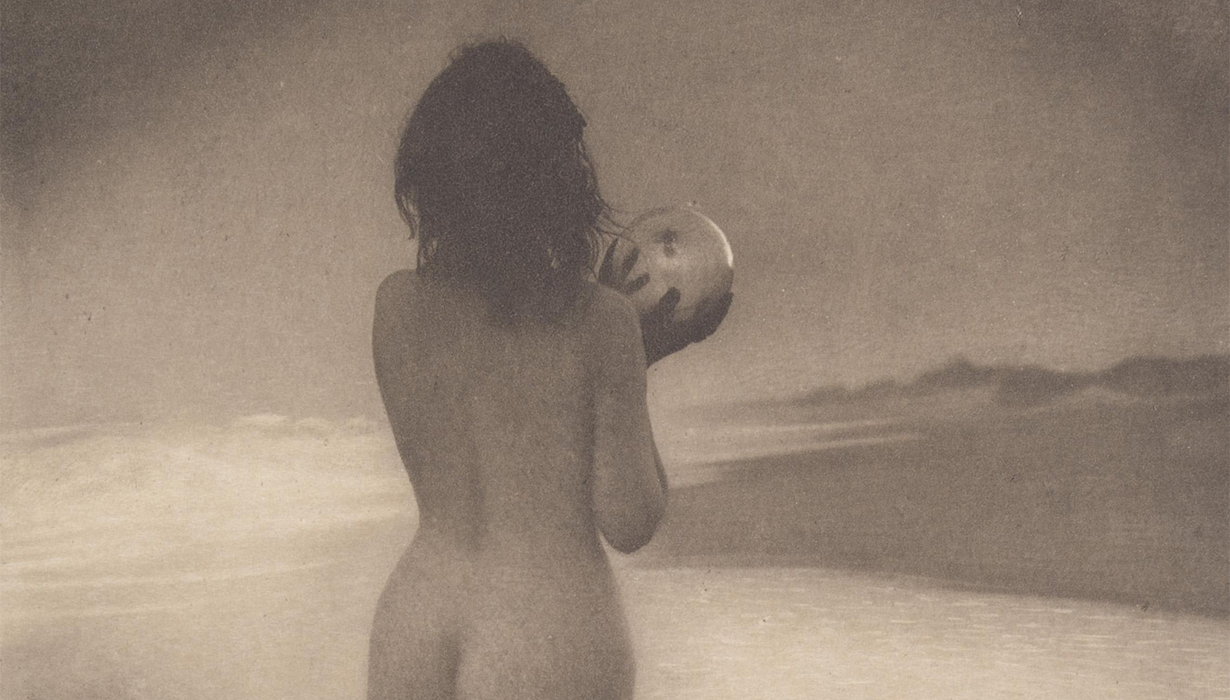
Alice Boughton. Dawn, from “Camera Work—A Photographic Quarterly, Issue No. 26, April, 1909”, 1909, photogravure. University of Michigan Museum of Art, Gift of the Morris and Beverly Baker Foundation, in memory of Morris D. Baker, a graduate of the University of Michigan School of Architecture, 1952, 2000/2.141.2
The Aesthetic Movement in America: Artists of the Photo-Secession
October 29, 2016 - March 5, 2017
Eleanor Noyes Crumpacker Gallery
Pictorialism was the first truly international photography movement, and its practitioners, among them Alfred Stieglitz, Edward Steichen and Gertrude Käsebier, sought to position photography as a legitimate aesthetic art form. They favored soft-focus images that drew upon the conventions of important artists and movements of the late nineteenth and early twentieth centuries—the influence of the Pre-Raphaelites, James McNeill Whistler, Japonisme, and Art Nouveau are readily seen in the images on view in this exhibition.
In 1902 Alfred Stieglitz and other Pictorialist photographers founded the Photo-Secession in New York, with Camera Work as the flagship periodical that published images by the group. Their poetic compositions drawn from contemporary life, combined with the use of expensive and labor-intensive printing materials such as platinum and gum bichromate, established these photographs as complex and nuanced works of high artistic quality. The exhibition features work by the principal Pictorialists, including Stieglitz, Steichen, Käsebier, Clarence White, Paul Strand, and Alvin Langdon Coburn.
SUPPORT
Lead support for The Aesthetic Movement in America: Artists of the Photo-Secession is provided by the Herbert W. and Susan L. Johe Endowment.